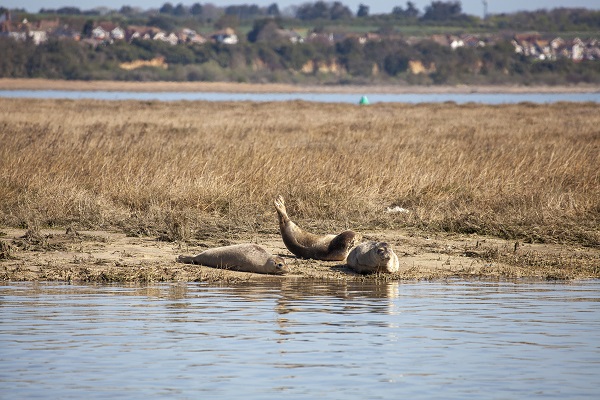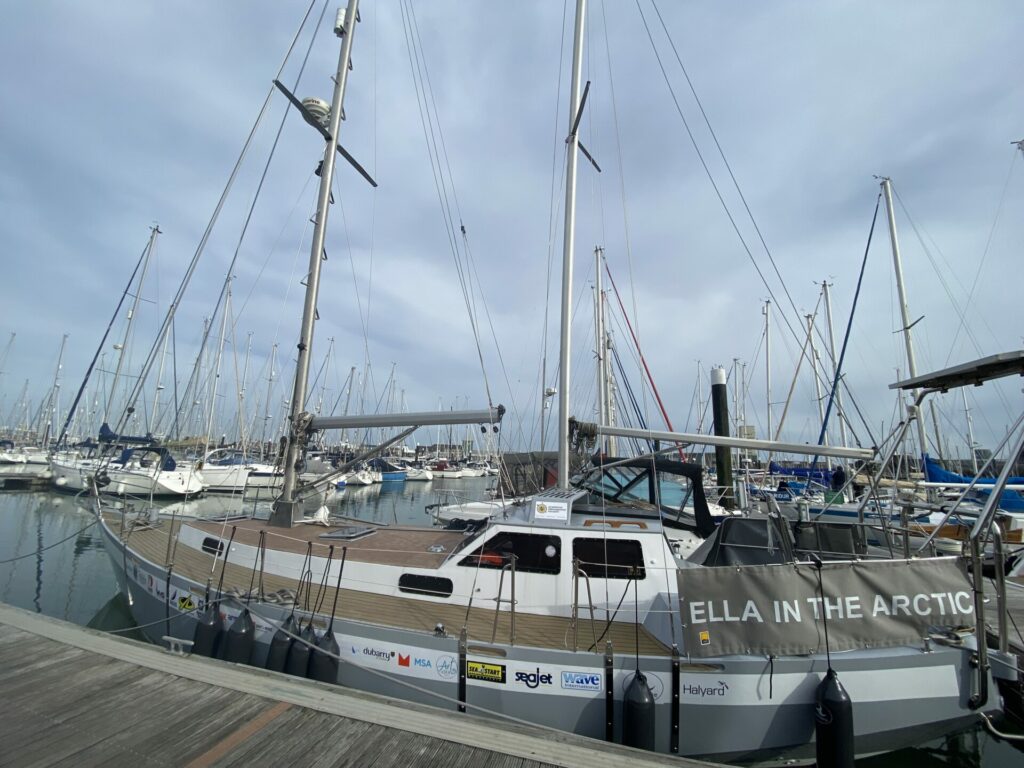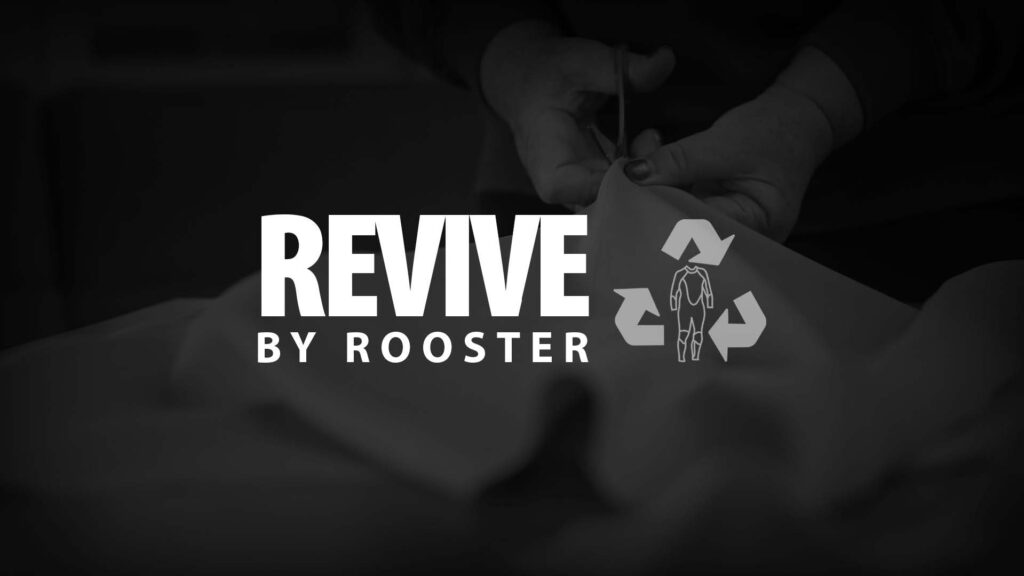Setting off for an afternoon powering across the water on a motorboat or setting sail to navigate along a new stretch of coast, is a great way to enjoy the outdoors whilst gaining access to otherwise unreachable areas. There are always a plethora of animal sights and sounds to enjoy along the coast and being able to witness wildlife carrying out their daily lives is a rare treat that many of us boaters may take for granted. Here are our top seven tips for minimising wildlife disturbance on the water this summer:
1) Plan for wildlife in advance
Remember to research the habitats and wildlife that you may encounter before setting off. Learning about an animal’s behavioural habits, including feeding and resting locations and the times of the day that they undertake these activities will not only help you to react better if you encounter them, but it will also make your trip more interesting.
2) Identify seagrass beds with online maps
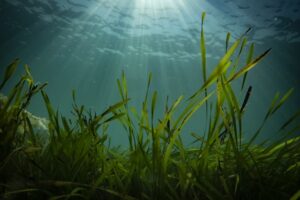
If you’re planning to anchor during your trip, you can find out if there are any protected seabed habitats in the area by visiting the ‘Anchoring with Care’ page on The Green Blue website.
3) Always keep a watch for upcoming wildlife
Using binoculars allows yourself the chance to sight animals early on and react accordingly. You may need to slow your boat down and minimise any noise – remember that even the flapping of sails can be enough to disturb some wildlife.
4) Lower the wash of your boat
Sensible use of the throttle on a powerboat or RIB, and good boat handling skills, can significantly reduce the wash of a boat, as well as improve fuel efficiency. The hull of a vessel can have a major influence on the level of wash which is produced: short full bows give higher waves, while longer and finer bows can reduce wash.
5) Slow your vessel down
Keeping to designated speed limits, such as 4 knots when close to shorelines and banks, will minimise the perceived threat by wildlife. A slower speed will also lower the erosion to both coastal and riverbank habitats.
6) Maintain a distance of at least 300 ft. away
Make sure to pack your binoculars and aim to keep 100m from wildlife in and on the water, and 50m on cliffs, beaches and rocky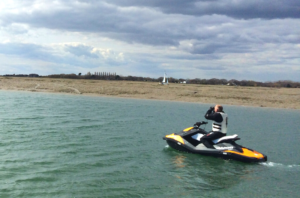 outcrops where wildlife might be feeding, resting or breeding. If you notice birds reacting by ‘head-bobbing,’ then move slowly away as they are beginning to become disturbed.
outcrops where wildlife might be feeding, resting or breeding. If you notice birds reacting by ‘head-bobbing,’ then move slowly away as they are beginning to become disturbed.
7) Keep a steady and consistent path
Maintaining a consistent path reduces the risk of perceived threat by the wildlife and gives them a chance to react. You should never steer between a mother and its young or chase or block animals that are wishing to leave.
You can find further advice on how to get the most out of boating whilst also reducing disturbance to wildlife on the advice pages of The Green Blue website. You can also follow The Green Blue on Facebook, Twitter: @TheGreenBlue and Instagram: @the_green_blue and use the hashtag: #BoatingWildlifeAware.

